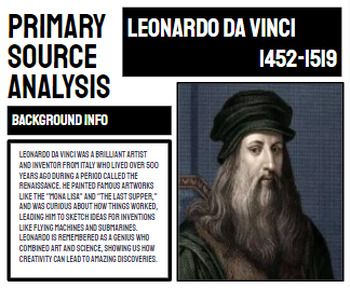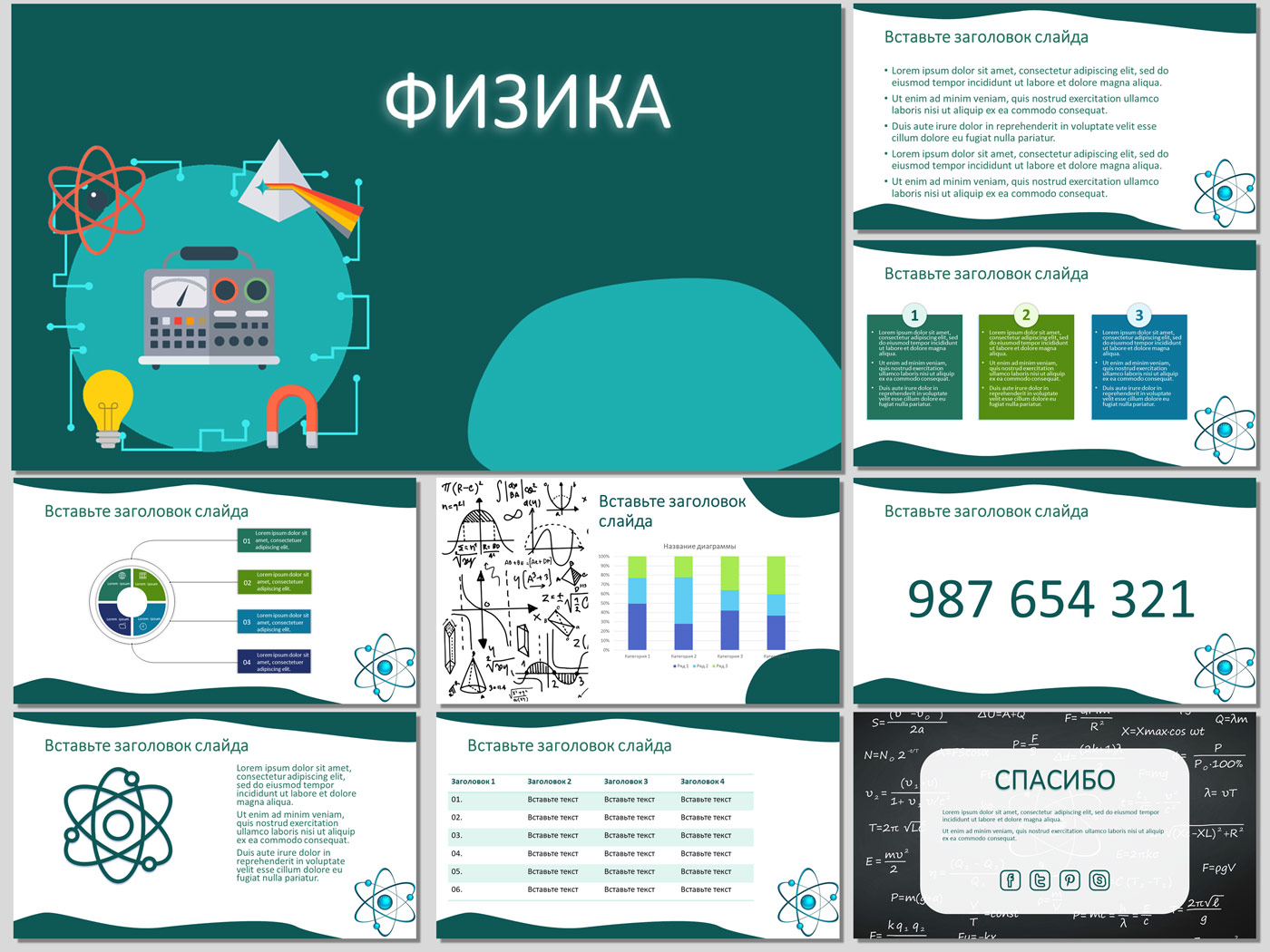A Critical Analysis Of The Da Vinci Code's Impact On Popular Culture

Table of Contents
The Da Vinci Code's Phenomenal Success and its Reasons
The Da Vinci Code sold over 80 million copies worldwide, becoming one of the best-selling novels of all time. This phenomenal success can be attributed to several key factors:
-
A Compelling Narrative and Plot Twists: The novel's intricate plot, filled with suspense, mystery, and unexpected turns, kept readers hooked from beginning to end. The chase to uncover the truth about the Holy Grail and the descendants of Jesus Christ provided a thrilling ride.
-
Intriguing Historical and Religious Themes: Brown's masterful weaving of historical facts, religious symbolism, and mythology created a captivating blend that resonated with a wide audience. The book sparked curiosity about the history of Christianity and the potential secrets hidden within its narratives.
-
Controversy and Media Attention: The book's provocative claims and its challenge to traditional religious interpretations generated considerable media attention, further fueling its popularity. The controversy itself became a significant marketing tool, driving sales and public discourse.
-
Accessibility and Engaging Writing Style: Brown's clear and engaging writing style made the complex themes accessible to a broad readership, transcending typical genre boundaries. This accessibility contributed significantly to its widespread appeal.
The Impact on Religious Discourse and Historical Interpretations
The Da Vinci Code significantly impacted religious discourse and the way people perceive historical events. While it sparked increased interest in religious history and symbology, it also faced intense criticism:
-
Increased Interest in Religious History and Symbology: The book ignited a renewed interest in religious history, prompting many readers to explore the historical context of Christianity and the symbolism embedded within religious art and texts. Many people began researching the historical figures and locations mentioned in the novel.
-
Criticisms of Historical Inaccuracies and Misinterpretations: Scholars and religious leaders widely criticized the book for its historical inaccuracies and misrepresentations of religious texts and figures. The novel's fictional narrative was often conflated with historical fact, leading to misunderstandings and misinterpretations.
-
The Rise of Conspiracy Theories: The Da Vinci Code fueled existing conspiracy theories related to the Holy Grail and the early history of Christianity, adding to the ongoing debate and speculation surrounding these topics. The book's popularity legitimized certain conspiracy theories in the eyes of some readers.
The Da Vinci Code's Legacy in Film and Other Media
The 2006 film adaptation of The Da Vinci Code, starring Tom Hanks, further solidified the book's cultural impact, reaching an even wider audience. The movie’s success, though met with mixed reviews, cemented the story's place in popular culture. Its legacy extends beyond the film:
-
Influence on Other Works of Fiction: The Da Vinci Code inspired numerous other novels, television shows, and video games exploring similar themes of religious conspiracy and historical mysteries. The genre of religious thrillers was significantly impacted.
-
Impact on Tourism: The book's descriptions of various locations, such as the Louvre Museum and Rosslyn Chapel, led to a significant increase in tourism to these sites. This demonstrates the book's power to impact real-world experiences.
Criticisms and Controversies Surrounding The Da Vinci Code
The Da Vinci Code faced significant backlash from religious groups and scholars who criticized its portrayal of historical figures and religious doctrines. Key criticisms included:
-
Religious Objections: Many religious organizations condemned the book for its perceived attacks on Christianity and its misrepresentation of religious beliefs and practices. The book triggered significant debate within religious communities.
-
Historical Inaccuracies: Historians criticized the book's numerous historical inaccuracies and the liberties it took with historical facts to support its fictional narrative. The blurring of fiction and fact was a major source of contention.
-
Ethical Considerations: The ethical considerations of presenting potentially misleading information within a fictional narrative were widely debated. Concerns were raised about the potential for misinforming readers about historical and religious matters.
Conclusion
The Da Vinci Code's impact on popular culture is multifaceted. While its phenomenal success and captivating narrative sparked increased interest in religious history and symbology, it also generated significant controversy due to its historical inaccuracies and potential for misinterpretation. The book's lasting influence is evident in its film adaptation, its impact on other works of fiction, and its contribution to the ongoing discussion about religious history and conspiracy theories. Understanding the impact of The Da Vinci Code requires acknowledging both its positive and negative aspects. To further explore this fascinating topic, consider researching the book’s reception in different cultural contexts, analyzing the impact of its film adaptation on cinematic storytelling, or delving into the scholarly debates surrounding historical accuracy in popular fiction. By engaging with these resources, you can continue to analyze the lasting cultural influence of Dan Brown's masterpiece.

Featured Posts
-
 Serie A Ac Milan Vs Atalanta Toda La Informacion Sobre El Partido De Gimenez
May 13, 2025
Serie A Ac Milan Vs Atalanta Toda La Informacion Sobre El Partido De Gimenez
May 13, 2025 -
 Doshkolnoe Obrazovanie Obnovlennye Standarty Po Fizike I Khimii
May 13, 2025
Doshkolnoe Obrazovanie Obnovlennye Standarty Po Fizike I Khimii
May 13, 2025 -
 Aryna Sabalenkas Stuttgart Open Win Ball Mark Photo Dispute
May 13, 2025
Aryna Sabalenkas Stuttgart Open Win Ball Mark Photo Dispute
May 13, 2025 -
 Four Walls Appoints New Chief Executive Officer
May 13, 2025
Four Walls Appoints New Chief Executive Officer
May 13, 2025 -
 San Jose Earthquakes Fall To Columbus Crew 2 1
May 13, 2025
San Jose Earthquakes Fall To Columbus Crew 2 1
May 13, 2025
